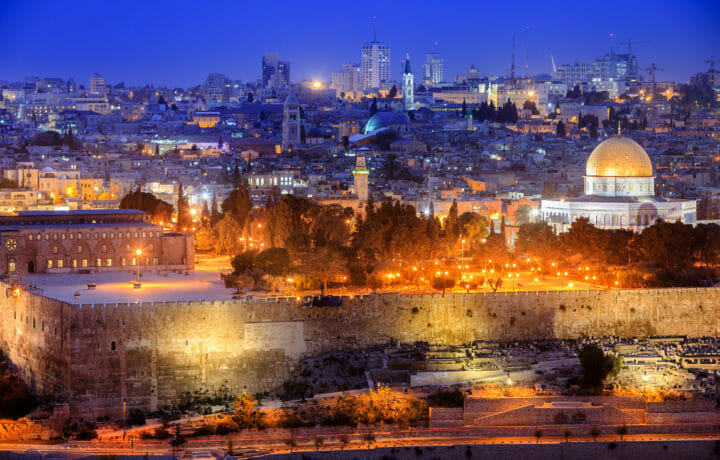Following the Egyptian-brokered cease-fire between Palestine and Israel, you might wonder how these war efforts are funded. Both countries receive significant offsets in their annual budgets from foreign governments. But how the augmentation occurs and how it is spent are very different.
Israel
The Israeli budget for this year (2022) is roughly Israeli New Shekel (NIS) 452 billion or $136 billion U.S. There is an expected budget deficit of 3.9% percent of GDP for 2022. Israel receives U.S. assistance in the form of financial grants of $3.3 billion per year and $500 million for joint U.S.-Israeli research, development, and deployment of missile defense systems which benefit Israel’s defensive needs. Additionally, the U.S. supports Israel’s domestic weapons industry development, while all other countries are required to spend official Foreign Military Funding (FMF) solely on U.S. weapons according, to the state departments website. Many believe Israel’s GDP is substantial enough to support its own military provisioning.
Israel has one of the most technically advanced militaries in the world and is the largest recipient of U.S. foreign assistance since World War II. Since its founding, Israel has received more than $236 billion in U.S. military and economic assistance. By comparison, Ukraine has received $8 billion this year, with an additional $1 billion announced by the Pentagon, this week.
Palestine
Perhaps most interesting is how Palestine pays for its military expenditures. Palestine is a de jure sovereign state, where the Palestinian Authority claims that the State is a sovereign. However, most of the territory it claims is under the de facto control of Israel.
The international community has sent billions of dollars in aid to the Palestinian National Authority (PNA) within the Gaza Strip in recent years to provide relief to two million Palestinians living in the Hamas-ruled territory. The territories of Gaza and the West Bank are separated from each other by Israeli territory. Both fell under the jurisdiction of the Palestinian Authority, but since June 2007, Gaza has been governed by Hamas, a militant fundamentalist Islamic organization. Gaza is under an Israeli and US-led international economic and political boycott since 2007. All aid is intended to ease the burden on civilians after an Israeli-Egyptian blockade was imposed on Gaza when Hamas seized power in 2007.
Israel desires restrictions on trade and movement to keep Hamas from enhancing its military capabilities. Critics view the restrictions as punishment. Israel and Hamas have fought four wars since 2008, with the most recent ceasefire this month.
Additionally, Israel closely supervises the aid, insisting that it bypasses Hamas. Israel is somewhat successful, but the Hamas-run government still benefits from foreign countries paying the bills for schools, hospitals, roads, and other infrastructure. This financial coverage allows Hamas to conserve its own resources, including the taxes and customs they collect to provide for their war efforts with Israel.
Over 80% of Gaza’s Population is said to be Dependent on Outside Aid
European Commission President Ursula von der Leyen announced Tuesday that European Union (EU) funds for Palestine will now be unlocked after the roadblocks have been removed. Since 2020 most of the €215m EU funding has not been delivered over concerns of anti-Semitic Palestinian textbooks. The EU has provided more than €852 million support to Gaza since 2000.
The EUs assistance may seem small when compared to the United Nations (UN). From 2014-2020, UN agencies spent almost $4.5 billion in Gaza, including $600 million in 2020 alone. 80% of the funding is channeled through the UN agency for Palestinian refugees, who make up three-fourths of Gaza’s population.
Numerous other countries overtly pass money to Palestine. Qatar has provided $1.3 billion since 2012 for construction, health services and agriculture. Egypt has pledged $500 million in aid after the recent conflicts. Even though they claim no control, the Palestinian Authority will spend $1.7 billion on Gaza this year, mostly on salaries for tens of thousands of non-working civil servants who lost jobs after the Hamas takeover.
The U.S. will spend at least $5.5 million in Gaza this year on cash assistance and health care. The U.S. also has contributed $90 million to UN operations in Gaza and the occupied West Bank. On July 15, President Biden announced an aid package of $316 million on top of a half billion dollars the U.S. has provided to Palestine since coming into office. The real questions remaining are: How much clandestine support does Palestine receive each year and how does Palestine use the overt dollars to offset their covert war effort funding?


